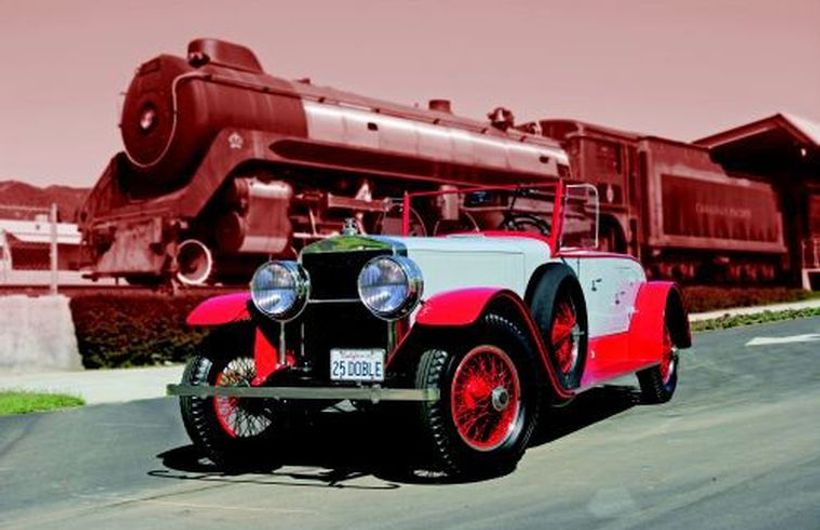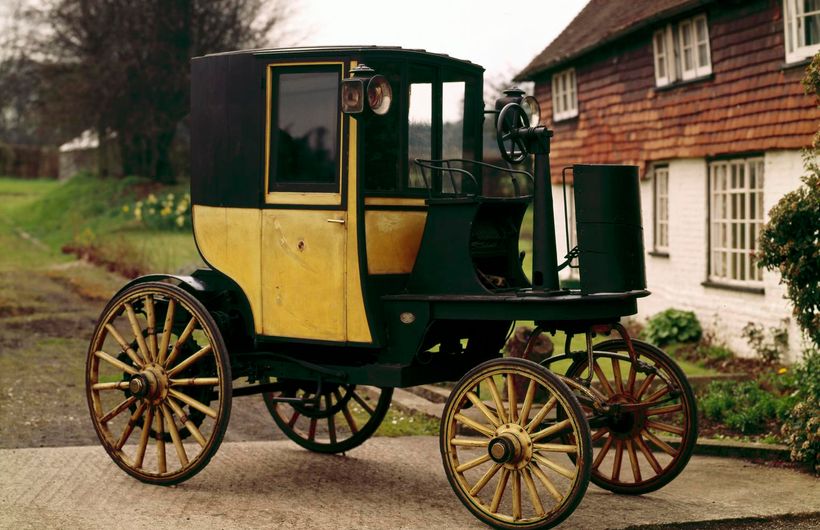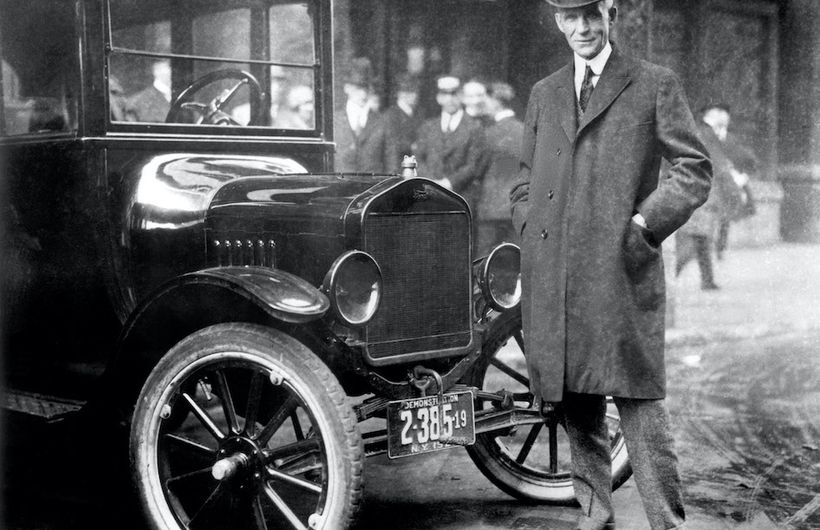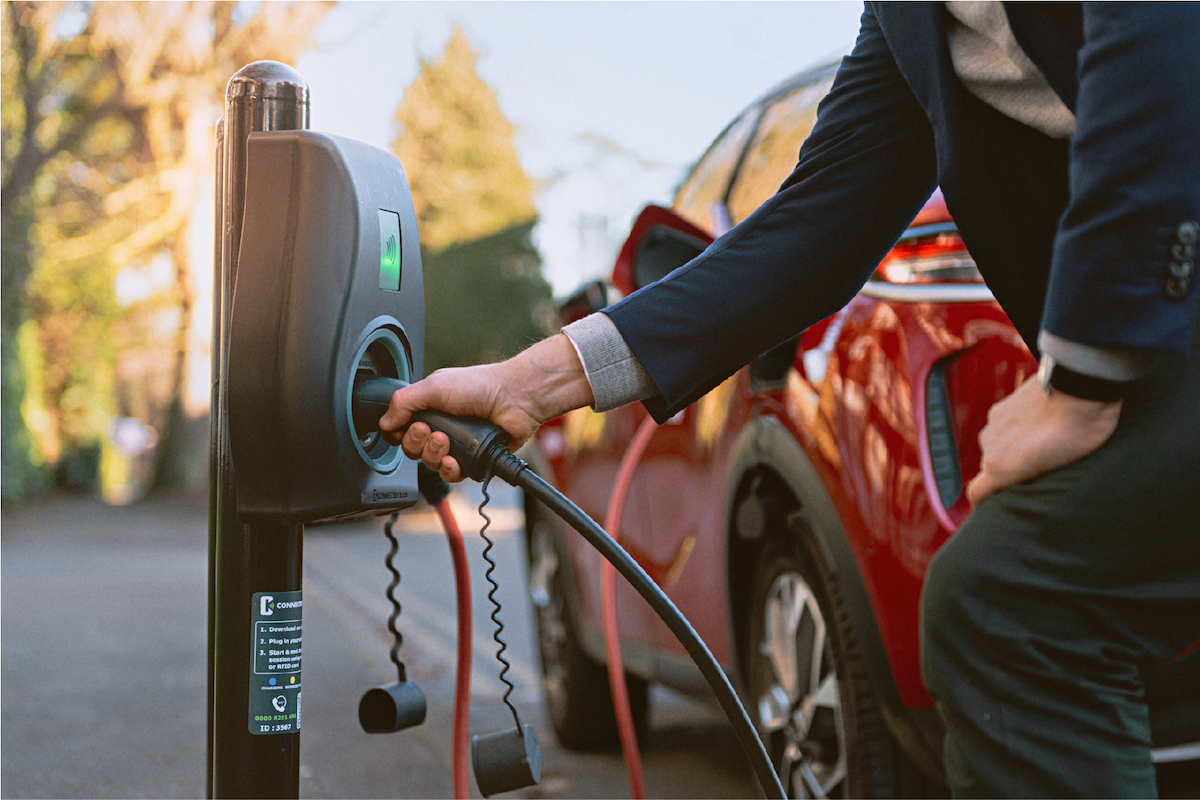There are Tesla owners out there who believe Elon Musk personally invented the electric car, and plenty of others who still think battery powered motoring is a brilliant 21st century innovation.
Well they couldn’t be more wrong, although in world that remains largely fossil-fuelled they can probably be forgiven for forgetting that for a long time there were all sorts of alternatives before petrol and diesel finally began their seemingly unstoppable rise to the top.
The strangest include coal-dust, coal-gas, wood, and even gravity, while one attempt on the world land speed record pinned its hopes on a lethal mixture of dynamite, TNT and nitro-glycerine.
The bid failed, unsurprisingly, but at the start of the last century steam-power and batteries both looked as likely to succeed as petrol, which in any case was sold as a patent medicine (effective against lice and lice eggs) before anyone thought of putting it in a car.
America’s first President Roosevelt was a great fan of steamers, but they were complex and so expensive that the delightful sounding Doble-Detroit Model F cost as much as two Rolls-Royces.
Electric vehicles seemed cheaper and more practical even though the inventor of the first one, based on an English James Starling tricycle in 1881, found it so hard to patent his idea that he went off and built an electric boat instead. (Somewhat confusingly, he called this Le Téléphone.)
 Steam if you want to go faster - the Doble-Detroit Model F
Steam if you want to go faster - the Doble-Detroit Model F 








.jpg?width=600&height=600)


